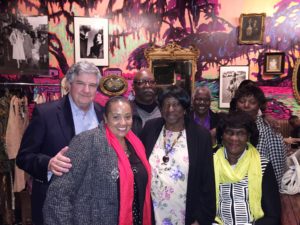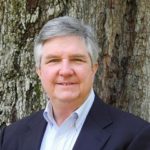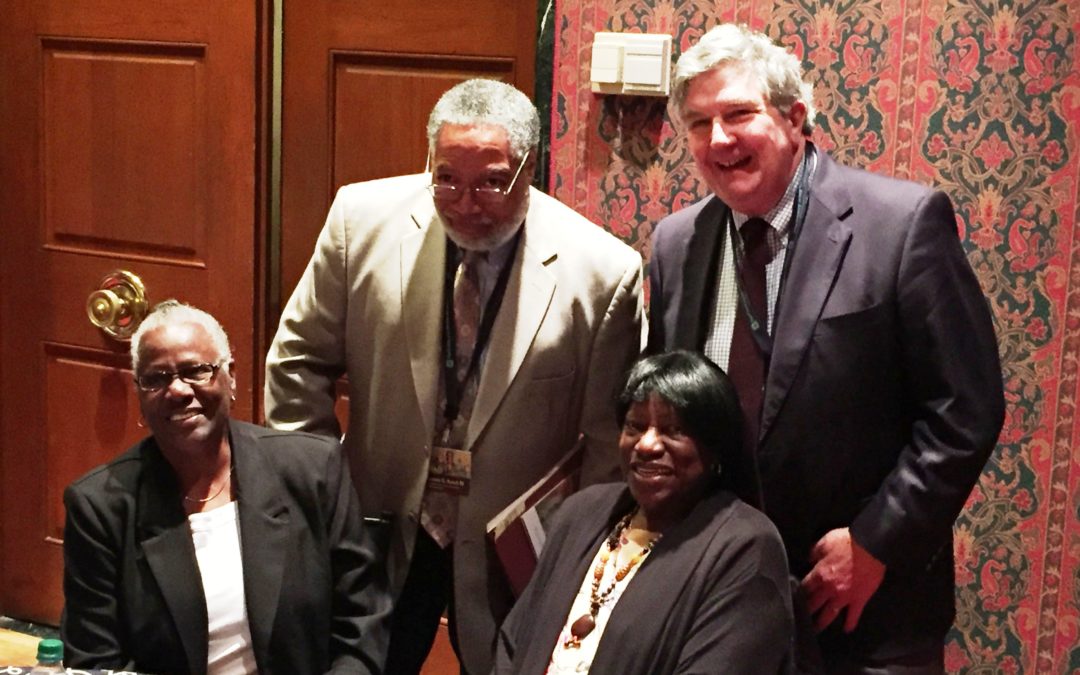The Future of the African American Past
A Symposium at the National Museum of African American History and Culture
Washington, DC – May 21, 2016
I was honored to be invited to speak at the 2016 Symposium and to participate in the session entitled “History, Preservation, and Public Reckoning in Museums”. Panelists — including myself, David W. Blight and Delores Hayden of Yale University, and Dorothy Spruill Redford of Somerset Place State Historic Site — were asked to explore the ongoing tension between historical scholarship and public culture, not only on the plantation, but also in the broader context of public history and memory. Excerpts taken from my essay To Uplift Our Hearts: Building Bridges through Historic Preservation, outline my presentation, describe some of the challenges that our panel addressed, and offer solutions for further discussion. You can read the entire essay below or click on the video above to watch the session.
The title of the session is History, Preservation, and Public Reckoning in Museums. That’s a tough topic but an important one because the opening of the National Museum of African American History and Culture (NMAAHC) and our present moment in time tell us how important the public reckoning of history and historic preservation are. The good news is that this museum’s construction tangibly demonstrates a positive public reckoning of such. Now the museum faces the question: How to give back?…
We don’t need to hit people over the head with their history and force it down like a health drink. We don’t need to accent only the evil doings of a group and send up their defensive shields so they do not see or hear themselves in the story we are telling. Instead, we need to ask: How do we find ways so that people from all walks of life will open their eyes and ears, so that their mind in turn will be opened?
…how can history museums…reach out all the more and build bridges that both connect past, present, and future and connect people of different backgrounds and experiences? One way…is for history museums to be seen as places that matter, places where people will feel safe and respected — challenged perhaps, but respected….They are places where different components of the public — different ethnic groups, religious backgrounds, sexual orientation, immigrant status — may feel that their history is respected, not shut down. Safe places where scholars, preservationists, citizens, community activists of differing points of views can come together, discuss issues, get to know one another, break stereotypes, and devise positive solutions.
One way of doing so is to open up our museums so that people may contribute their stories about historical places and events, and activities, which could be used for what is now being called “public curation.” Museum professionals and historians Bill Adair, Benjamin Filene, and Laura Koloski have teamed up and ably presented this process in their book of essays and interviews, entitled Letting Go: Sharing Historical Authority in a User-Generated World. In this “public curation” process, as Filene explains, professional curators or historians are not pushed aside, but rather develop partnerships with the public. Such partnerships call for new skills from historians and a willingness to share authority yet still maintain their professional standards…
…Historic sites, for example, can become places for “public curation,” places where people whose ancestors were once entrapped by prejudice and locked in conflict with one another can come together and discuss how their shared, albeit different, histories have shaped their lives… For this symposium, I have invited descendants from Drayton Hall, descendants of the enslaved and of slave-owners, to attend: Rebecca Campbell, her sister Catherine Braxton, their cousin Esther Chandler, Anne Drayton Nelson, and Alison Rea. According to their Bowens’ family oral history, the ancestors of Rebecca, Catherine, and Esther came over, enslaved, from Barbados with the Drayton ancestors of Anne and Alison in the 1670s. Thus, together, these individuals represent over three centuries of American history…
…There are also “divides” between the fields of academic history and historic preservation which weaken both… As an example, in the past, visitors to museums have seen exhibits about specific historical places and communities, but have not been informed about how to visit them or encouraged to do so. Mark Twain once declared, “Travel is the enemy of prejudice,” and I envision future museum visitors enjoying exhibits and then being able to visit those places, meet those people or their descendants, go to their churches or restaurants or community centers, and learn not just cognitively but experientially. In so doing, they deepen their connection with the papers read in the archives or the history seen in the exhibit, and thereby enhance the public reckoning of history.
…What is the one ingredient needed for any of this to happen? Courage. …We need to push one another beyond our comfort zones, whatever our station in the profession or in the public, and create expanding circles that engage people in the preservation of history, including its evil moments, in order “to uplift our hearts.” If we can find ways to do that, the public reckoning will take care of itself.

Clockwise from top row left: George W. McDaniel, Mr. Chandler, Catherine Bowens, Esther Chandler, Elizabeth Alston, Rebecca Campbell, and Mary Elliot, NMAAHC museum specialist.
 George W. McDaniel, Ph.D., is President of McDaniel Consulting, LLC, a strategy firm that helps organizations use history to build bridges within itself and to its broader constituents. The company’s tag line, “Building Bridges through History,” is grounded in McDaniel’s personal beliefs and his experience in site management, preservation, education, board development, fundraising, and community outreach. Rather than using history to divide us, he strives to help organizations use history, especially local history, to enhance cross-cultural understanding and to support local museums, preservation, and education. Dr. McDaniel led volunteer efforts with Emanuel AME Church and historical organizations in Charleston to use historic preservation to enhance racial reconciliation and healing. McDaniel is also the Executive Director Emeritus of Drayton Hall, a historic site in Charleston, SC, owned by the National Trust for Historic Preservation.
George W. McDaniel, Ph.D., is President of McDaniel Consulting, LLC, a strategy firm that helps organizations use history to build bridges within itself and to its broader constituents. The company’s tag line, “Building Bridges through History,” is grounded in McDaniel’s personal beliefs and his experience in site management, preservation, education, board development, fundraising, and community outreach. Rather than using history to divide us, he strives to help organizations use history, especially local history, to enhance cross-cultural understanding and to support local museums, preservation, and education. Dr. McDaniel led volunteer efforts with Emanuel AME Church and historical organizations in Charleston to use historic preservation to enhance racial reconciliation and healing. McDaniel is also the Executive Director Emeritus of Drayton Hall, a historic site in Charleston, SC, owned by the National Trust for Historic Preservation.
A frequent writer, speaker, and facilitator about such issues, he can be reached at gmcdaniel4444@gmail.com or through his website at www.mcdanielconsulting.net.
Header Image: Seated L-R: Catherine Braxton and Rebecca Campbell, sisters and descendants of the enslaved at Drayton Hall; standing L-R: Lonnie Bunch, executive director of the NMAAHC; and George W. McDaniel, president of McDaniel Consulting, LLC
Video courtesy of the NMAAHC; all other images courtesy of the author unless otherwise noted.

 McDaniel Consulting LLC is a strategy firm that helps organizations use history to build bridges within itself and its broader constituents.
McDaniel Consulting LLC is a strategy firm that helps organizations use history to build bridges within itself and its broader constituents.